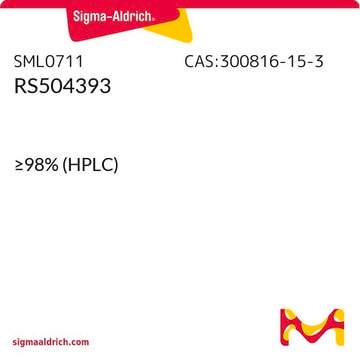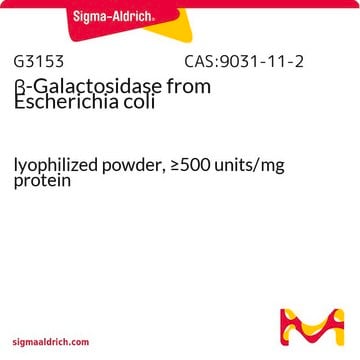227016
CCR2 Antagonist
≥97% (racemic mixture, HPLC), solid, CCR2 antagonist, Calbiochem®
Synonym(s):
CCR2 Antagonist, 2-((Isopropylaminocarbonyl)amino)-N-(2-((cis-2-((4-(methylthio)benzoyl)amino)cyclohexyl)amino)-2-oxoethyl)-5-(trifluoromethyl)-benzamide, CC Chemokine Receptor 2 Antagonist
About This Item
Recommended Products
product name
CCR2 Antagonist, The CCR2 Antagonist, also referenced under CAS 445479-97-0, controls the biological activity of CCR2.
Quality Level
Assay
≥97% (racemic mixture, HPLC)
form
solid
manufacturer/tradename
Calbiochem®
storage condition
OK to freeze
desiccated (hygroscopic)
protect from light
color
white
solubility
ethanol: 6 mg/mL
DMSO: 60 mg/mL
shipped in
ambient
storage temp.
2-8°C
General description
Packaging
Warning
Preparation Note
Reconstitution
Other Notes
Legal Information
Storage Class Code
11 - Combustible Solids
WGK
WGK 3
Flash Point(F)
Not applicable
Flash Point(C)
Not applicable
Certificates of Analysis (COA)
Search for Certificates of Analysis (COA) by entering the products Lot/Batch Number. Lot and Batch Numbers can be found on a product’s label following the words ‘Lot’ or ‘Batch’.
Already Own This Product?
Find documentation for the products that you have recently purchased in the Document Library.
Our team of scientists has experience in all areas of research including Life Science, Material Science, Chemical Synthesis, Chromatography, Analytical and many others.
Contact Technical Service








